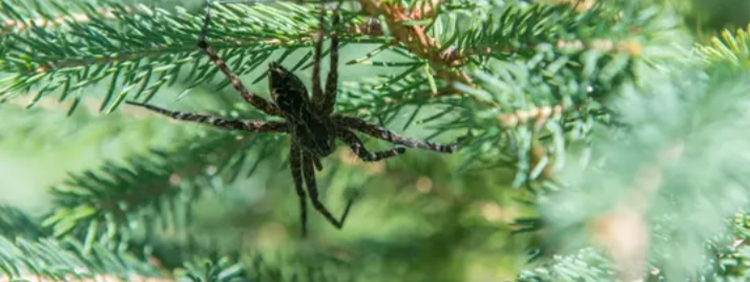 The fear with which many people regard spiders is often exaggerated. Yes, some spiders have venom potent enough to harm a human, but most spiders do not bite at all unless provoked by a disturbance of their webs or nests. The real concern with spiders in your home is that they often signal a larger infestation of the insects on which they feed. Therefore, spider removal may not be truly effective unless it is part of a more comprehensive pest control effort.
Part of the fear and misunderstanding surrounding spiders may be because they are so different in their anatomy. The life functions that they carry out, eating, breathing, etc., are the same as all animals, including humans, need to perform to survive, but because spider's bodies are constructed differently, these functions do not look similar to the way they are carried out in humans and most animals that are near relatives to them.
The fear with which many people regard spiders is often exaggerated. Yes, some spiders have venom potent enough to harm a human, but most spiders do not bite at all unless provoked by a disturbance of their webs or nests. The real concern with spiders in your home is that they often signal a larger infestation of the insects on which they feed. Therefore, spider removal may not be truly effective unless it is part of a more comprehensive pest control effort.
Part of the fear and misunderstanding surrounding spiders may be because they are so different in their anatomy. The life functions that they carry out, eating, breathing, etc., are the same as all animals, including humans, need to perform to survive, but because spider's bodies are constructed differently, these functions do not look similar to the way they are carried out in humans and most animals that are near relatives to them.
 The fear with which many people regard spiders is often exaggerated. Yes, some spiders have venom potent enough to harm a human, but most spiders do not bite at all unless provoked by a disturbance of their webs or nests. The real concern with spiders in your home is that they often signal a larger infestation of the insects on which they feed. Therefore, spider removal may not be truly effective unless it is part of a more comprehensive pest control effort.
Part of the fear and misunderstanding surrounding spiders may be because they are so different in their anatomy. The life functions that they carry out, eating, breathing, etc., are the same as all animals, including humans, need to perform to survive, but because spider's bodies are constructed differently, these functions do not look similar to the way they are carried out in humans and most animals that are near relatives to them.
The fear with which many people regard spiders is often exaggerated. Yes, some spiders have venom potent enough to harm a human, but most spiders do not bite at all unless provoked by a disturbance of their webs or nests. The real concern with spiders in your home is that they often signal a larger infestation of the insects on which they feed. Therefore, spider removal may not be truly effective unless it is part of a more comprehensive pest control effort.
Part of the fear and misunderstanding surrounding spiders may be because they are so different in their anatomy. The life functions that they carry out, eating, breathing, etc., are the same as all animals, including humans, need to perform to survive, but because spider's bodies are constructed differently, these functions do not look similar to the way they are carried out in humans and most animals that are near relatives to them.

